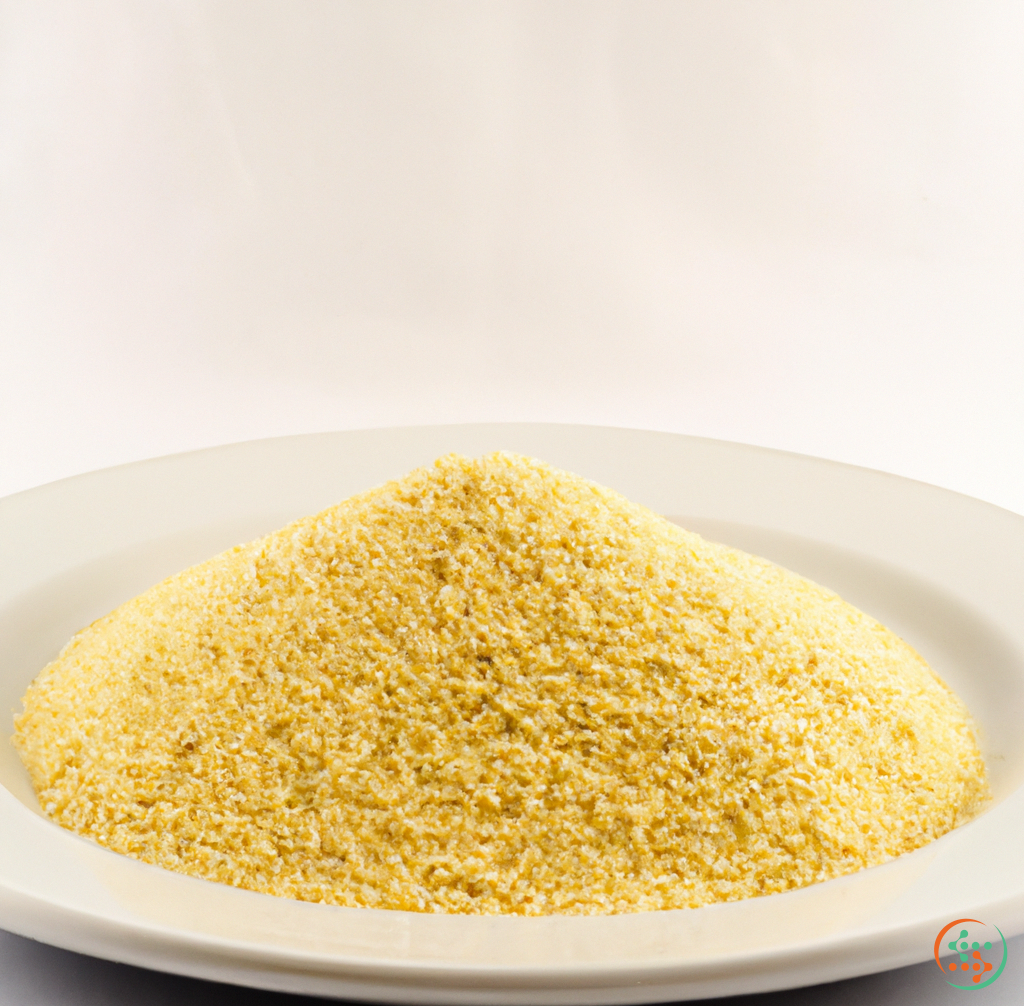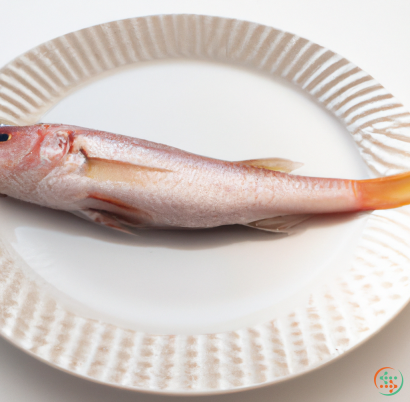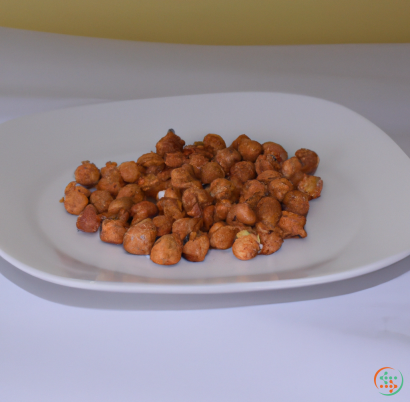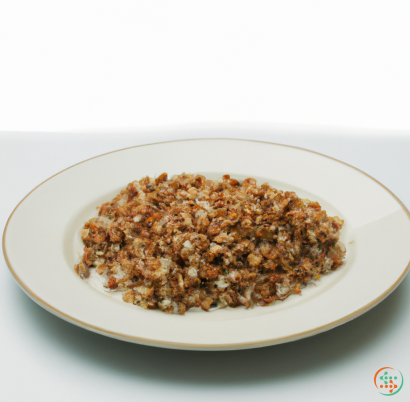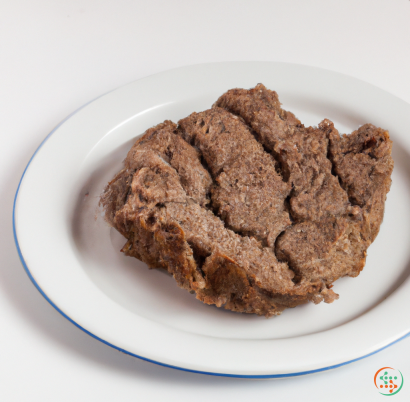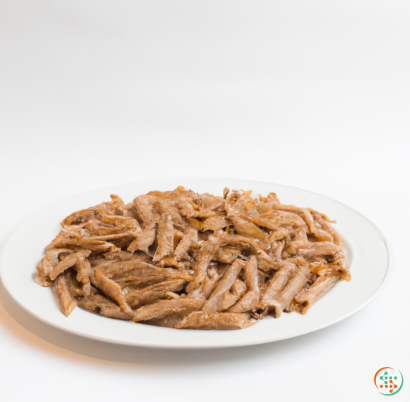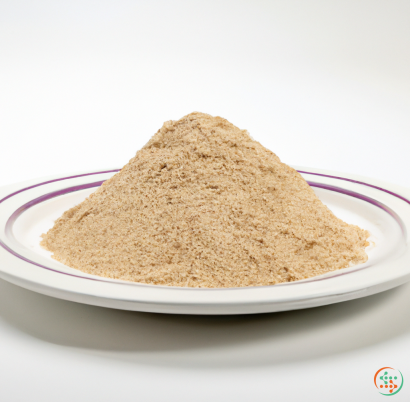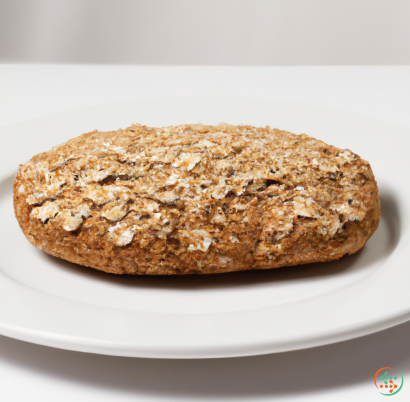Millet Flour
Millet is a common grain that many people don’t know about, but is becoming increasingly popular for its wide variety of health and culinary benefits. Whether you are trying to add an exotic flavor to your dishes or simply looking to make a healthier choice, millet flour might be just the right ingredient to use.
To start off, millet is a gluten-free seed with an ancient history. It is believed to be one of the oldest domesticated grains with evidence of its use dating back to around 7000 B.C. and it was an essential part of early civilizations in Central Asia, Russia and parts of Africa. Millet is an incredibly versatile grain, as it can be used to make porridge, pilafs, flatbreads, as well as flour.
Millet has a mild, almost nutty flavor and a texture that is slightly crunchy and tender. It has a yellowish hue and its nutrition profile contains more of the essential minerals and vitamins that are often lacking from a standard Western diet. It is especially high in B vitamins and some types of fiber, while also providing a good source of several minerals, including magnesium and phosphorous. Millet is low in calories and high in both carbohydrates and protein.
When it comes to using millet in the kitchen, one of the most popular ways to incorporate it into your diet is in the form of millet flour. This type of flour is made from finely ground millet, which is added to recipes to create a variety of dishes and baked goods. It is perfect for those who are looking for gluten-free options, as millet is naturally a gluten-free grain.
Millet flour has a unique set of benefits when compared to other types of flours. It is known to be easier to digest, yet it produces baked goods and other dishes that have a flavorful, nutty taste. It also does not contain added starches or enhancers, so you know exactly what you are getting. Using millet flour also adds a certain degree of thickness, body and texture to recipes, as well as a bit of color.
Some of the possible uses for millet flour include pancakes, muffins, biscuits, flatbreads, and even focaccia. It can also be used as an alternative to wheat flour in cake recipes, cookie recipes and even pasta dough. With a mild flavor, millet flour adds an interesting twist to existing recipes. It also tends to absorb more fat, which can be beneficial when making pastry-type dishes.
Since millet flour is a healthier alternative to many other types of flours, some people use it as a regular baking ingredient. It is a great way to get the vitamins and minerals that a normal diet might lack, while it can also provide a low-calorie boost to any meal. Millet flour is also quite versatile, since it can be added to a variety of dishes for extra flavor and interesting texture.
To make the most of millet flour, it is important to understand how to best use it. For starters, it is important to note that the flour may take a bit longer to cook than other types of flour, so you should plan accordingly when incorporating it into a recipe. It is also necessary to supplement millet flour with other flours when making recipes, as it is not a rising agent on its own.
Millet flour is a fantastic gluten-free flour option that has a wide variety of health and culinary benefits. Whether you are looking to add an interesting flavor or just make a healthier choice, using millet flour can be a great way to get extra vitamins and make the most of your favorite recipes.
Millet Flour: From Nature to Your Plate
Food is a fundamental part of life for every living organism, and for humans, the journey of producing food is an interesting process. In this blog post, we’ll explore the long journey of millet flour: from the plant in nature, to the mill, to your dinner plate.
Table of Contents
I. Introduction
II. The Growing Process
III. Milling Millet
IV. Packaging & Distribution
V. From Nature to Your Plate
I. Introduction
Millet is a type of cereal grain known as an ancient grain. It’s technically a grass, and it’s closely related to wheat and sorghum. It’s a small, round seed that’s used for a variety of culinary dishes, and ground into flour for baking. Millet is highly nutritious, with a range of vitamins, minerals, and amino acids. It’s also gluten-free, which makes it a popular choice for folks with sensitivities to wheat and other grains. Starting from around 4000BC, millet has grown steadily in popularity for thousands of years.
II. The Growing Process
Millet is grown primarily in North Africa, Northern China, India, and Russia. Growing millet begins with planting the seed in the soil. Millet prefers loamy soil—a texture characterized by a balance of sand, silt, and clay particles—so the soil should be well-drained and have the right levels of each particle type. Millet crops usually come in the spring, but can vary depending on the growing environment.
Millet seeds require proper temperatures (typically, warm days and cool nights) and plenty of water to grow correctly. With the right balance of humidity and temperature, the seeds will germinate, producing small seedlings. The seedlings are then left to grow until they reach maturity when the seed heads turn yellow or brown. Then, the crop is harvested.
The millet is cut with scythes and placed in straw winnowing baskets. The straw acts as a sieve, separating the seed heads of the millet from the chaff. To complete the threshing process, the millet grain can either be tossed into the air (traditionally done in rural, developing regions) or threshed mechanically. This separates the grain from the hull and breaks it down into flour-like particles.
III. Milling Millet
Once the millet has been threshed, it’s ready to be milled into flour. Depending on the desired flour structure, milling can be done in two ways: wet and dry.
For wet milling, the millet goes directly into the milling machine after being threshed. The machine grinds the millet into a thick paste-like consistency, which is then dried, sifted, and treated to remove any contaminants. It’s then milled again to a finer flour.
For dry milling, the millet is roasted or heated and then run through a milling machine to break it down into flour. Then, it’s sifted to remove any hulls and contaminants, then milled into a finer flour. This is the most common form of producing millet flour, as it yields a product more suitable for baking.
IV. Packaging & Distribution
Once the millet flour has been properly milled, it goes into a packagingand distribution process. The flour is bagged up in either plastic bags or plastic containers and sent off to a local warehouse or store.
Millet flour distribution is most often done locally in developing countries, due to the shorter transport times and the market demand for locally sourced products. Large-scale international distributors ship bulk amounts to the local markets that have a high demand for the flour. This is beneficial for both the supplier and the customer in that it keeps costs low while still providing high-quality millet flour.
V. From Nature to Your Plate
Now that you’ve learned about the full process of making millet flour, let’s take a look at how it can be used in your kitchen.
Due to its mild flavor, millet flour can be used in a variety of dishes. It makes a great alternative to wheat flour in baking—you can replace up to 25% of the wheat flour in your favorite recipes with millet flour for a nutrient-packed alternative. It can also be used in Indian dishes like Upma and Dhokla, as well as in porridges and baked goods like breads and pancakes.
With its rising popularity, millet flour is becoming easier to find. Check your local health food stores or online retailers, or even try growing your own millet if you’d like. It’s a great source of nutrition, and it’s a fun project to try!
Conclusion
Go with millet: it’s nutritious, gluten-free, and quite delicious! As you can see, the journey from nature to your plate for millet flour is quite impressive. From its origins in North Africa and beyond, it’s gone through a number of steps in order to end up on your dinner table. The careful growing, milling, and packaging processes make sure that you get the most out of this ancient grain. So, next time you’re in the kitchen, why not try using millet flour? It’s a great way to get some extra minerals and nutrients in your diet. Enjoy!
| Vitamin E | 0.11 mg | |
| Vitamin K | 0.8 ug | |
| Vitamin B1 | 0.41 mg | |
| Vitamin B2 | 0.07 mg | |
| Vitamin B3 | 0.00602 grams | |
| Vitamin B5 | 0.00127 grams | |
| Vitamin B6 | 0.37 mg | |
| Vitamin B9 | 0.042 mg |
| Calcium | 0.014 grams |
Daily Value 1.3 g
|
| Iron | 0.00394 grams |
Daily Value 0.018 g
|
| Magnesium | 0.119 grams |
Daily Value 0.4 g
|
| Phosphorus | 0.285 grams |
Daily Value 1.25 g
|
| Potassium | 0.224 grams |
Daily Value 4.7 g
|
| Sodium | 0.004 grams |
Daily Value 2.3 g
|
| Zinc | 0.00263 grams |
Daily Value 0.011 g
|
| Copper | 0.54 mg |
Daily Value 0.9 mg
|
| Manganese | 0.001 grams |
Daily Value 0.0023 g
|
| Selenium | 0.0327 mg |
Daily Value 0.055 mg
|
| Tryptophan | 0.17 grams | |
| Threonine | 0.354 grams | |
| Isoleucine | 0.473 grams | |
| Leucine | 1.537 grams | |
| Lysine | 0.144 grams | |
| Methionine | 0.319 grams | |
| Cystine | 0.178 grams | |
| Phenylalanine | 0.675 grams | |
| Tyrosine | 0.326 grams | |
| Valine | 0.584 grams | |
| Arginine | 0.37 grams | |
| Histidine | 0.257 grams | |
| Alanine | 1.282 grams | |
| Aspartic Acid | 0.71 grams | |
| Glutamic Acid | 2.599 grams | |
| Glycine | 0.271 grams | |
| Proline | 0.911 grams | |
| Serine | 0.782 grams |
| Glucose | 1.26 grams |
|
| Sucrose | 0.3 grams |
|
| Maltose | 0.11 grams |
|
| Total Sugars | 1.7 grams |
per 100g
|
| Capric acid (10:0) | 0.01 grams |
|
| Palmitic acid (16:0) | 0.39 grams |
|
| Stearic acid (18:0) | 0.07 grams |
|
| Arachidic acid (20:0) | 0.02 grams |
|
| Behenic acid (22:0) | 0.02 grams |
|
| Lignoceric acid (24:0) | 0.01 grams |
|
| Butyric acid (4:0) | 0.01 grams |
|
| Total Saturated fatty acids: | 0.53 g | |
| Oleic acid (18:1) | 0.9 grams |
|
| Palmitoleic acid (16:1) | 0.01 grams |
|
| Gadoleic acid (20:1) | 0.02 grams |
|
| Total Monounsaturated fatty acids: | 0.93 g | |
| Omega-3 Alpha-linolenic acid (18:3) | 0.04 grams |
|
| Linolenic acid (18:3) | 0.04 grams |
|
| Linoleic acid (18:2) | 2.55 grams |
|
| Total Polyunsaturated fatty acids: | 2.63 g | |
